Young Iranians have taken their protests against the authoritarian regime underground one year on from the death in custody of a 22-year-old woman detained for allegedly wearing the Islamic headscarf incorrectly.
The death of Mahsa Amini on 16 September last year led to the largest wave of popular unrest for years in Iran and a brutal crackdown by security services in response, with hundreds of men, women and children killed and thousands more injured, according to human rights groups.
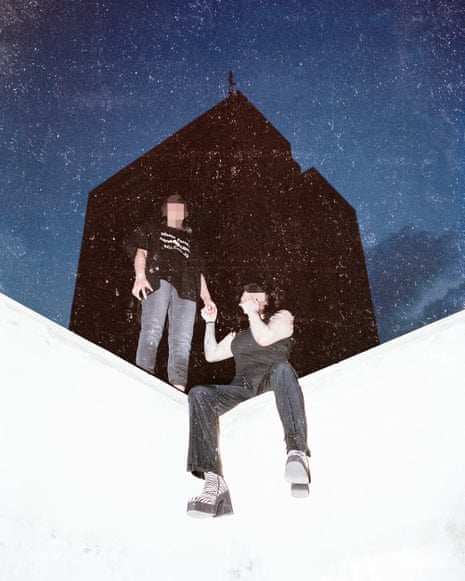
At the beginning of the uprising, one of these two women, both 25, was arrested at a protest gathering and spent 16 days in prison. One of her fellow inmates was Yalda Aghafazli, a 19-year-old protester who died under suspicious circumstances after her release
Young Iranians who spoke to the Guardian say they have continued to protest secretly. “We may have quit the street protests temporarily but we haven’t quit the protests,” says Reza, a Tehran-based DJ and university student, who says he plays “revolution-driven” music to keep “the momentum” going.
“I protested the first two months and somehow managed not to get hit by a pellet. Soon after we found out about the first execution, we were warned by our parents and professors to quit protesting on the streets. That’s when we came up with the idea of night protests.”
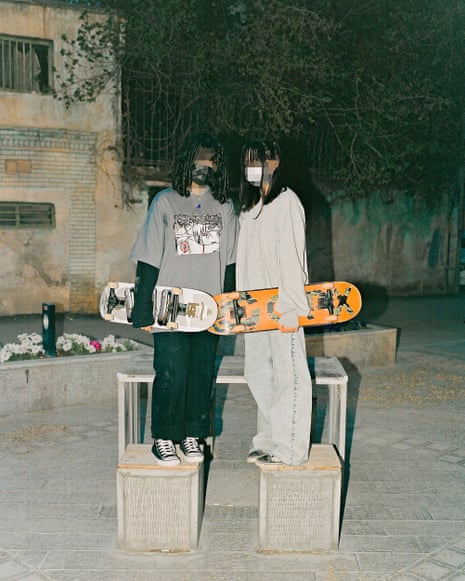
While attending protests, one of above girls was hit with an electroshock weapon and the other was threatened with arrest by a mullah at school. The girls, both 16, are from traditional families but believe the current generation will bring about change
Reza and his university colleagues, both male and female, have organised underground action in the capital. “One of our preferred ways of protesting is to go near government offices and cover the walls in freedom posters. We come back and play music, especially [songs] that are frowned on by the fascist regime.
“We had a Shervin Hajipour [the Iranian singer arrested after his protest song went viral] protest the evening after he won the Grammy award to celebrate our fight for freedom. Everything we do in these night protests is considered normal for teens in the west – like women dancing, singing, not wearing a scarf – yet we have to do them in secret.
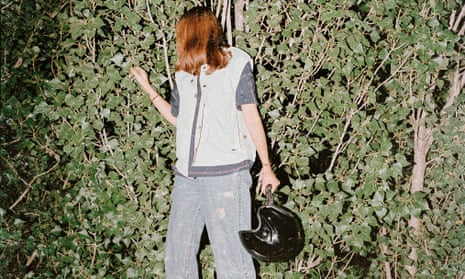
This girl says she shouted for help after police tried to arrest her and managed to escape with the help of a crowd of people. She says people’s empathy and unity have increased since the protests last year
“These get-togethers keep us united and motivate us to keep fighting in every way possible.”
Golnaz, a 19-year-old economics student from Isfahan, regularly attends underground protests and has channelled her love for art into a form of dissent. “Many think the get-togethers happen only inside homes and in attics or garages. We do go outside and protest in many ways,” she says.
“At the risk of getting caught, I have been riding bikes without a hijab and have successfully covered walls with graffiti. We then come back to one of our friends’ homes, and we stay awake, dance, sing and try to bring back our university colleagues to the streets in protest.
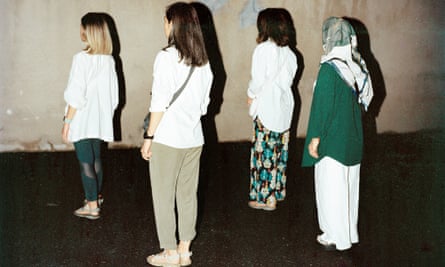
When an officer tried to arrest one of her daughters, one mother, who was a religious woman and until that day had never taken off her hijab in public anywhere in the world, took it off to protest against the harassment of girls who choose not to wear them
“Us women have never stopped protesting. We continued to defy the mandatory hijab, and we don’t see that changing in the near future.”
Students in Mashhad, one of the most religious cities in Iran and the home town of the country’s supreme leader, Ayatollah Ali Khamenei, say they have also gone out on the streets to test the level of violence used by security forces.
“Between March and June, we organised street protests and called out freedom-loving Iranians to come dance in groups of men and women,” says Azad. “Surprisingly, the first two times we protested we were let off with a warning. The third time was in May, and we were violently dispersed by the security forces. A few of us were hit but it was nowhere close to how violent they [security forces] were last October.”

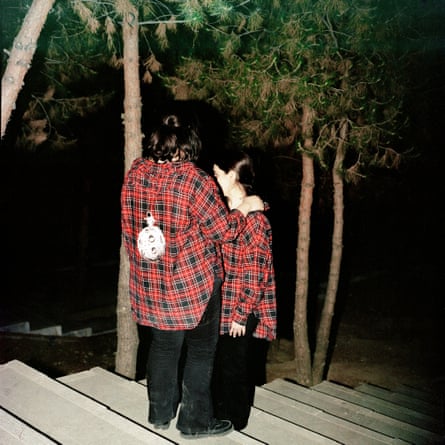
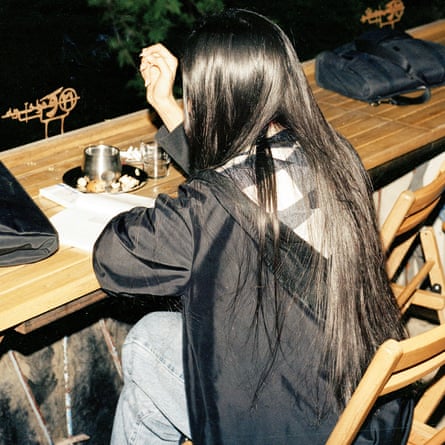

Clockwise from top left: This girl used to work at a cafe in Tehran, but was fired after not obeying hijab rules; these girls study at one of the most religious schools in Iran; a woman, aged 25, on her motorcycle; a high number of acid attacks against women without hijabs have taken place, yet this girl refuses to wear one
Syed, another student from Mashhad, says authorities had been acting against businesses serving women without a hijab. “I know several cafes and restaurants that have been closed already for flouting the mandatory hijab restrictions. For this reason, many civil disobedience and pro-freedom meetings are held underground and anonymously.
“From underground protests to family gatherings, we’ve realised that these small protests in private circles is what’s keeping the desire for freedom alive among the youth of Iran.”
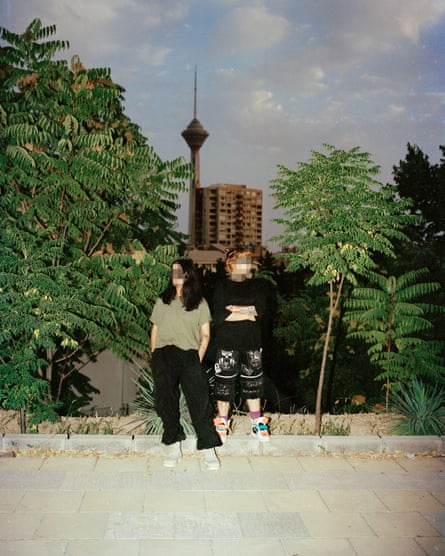
One of these women lives in a religious family and fights against their regressive beliefs as well as the Iran government
Syed continues: “Kudos to those women and girls who are so brave that they’re still protesting out in the open by removing their headscarves. They are the real heroes for whom we continue to fight. Since freedom of expression has no place in Iran, people should use every forum to express their fight for freedom.”
